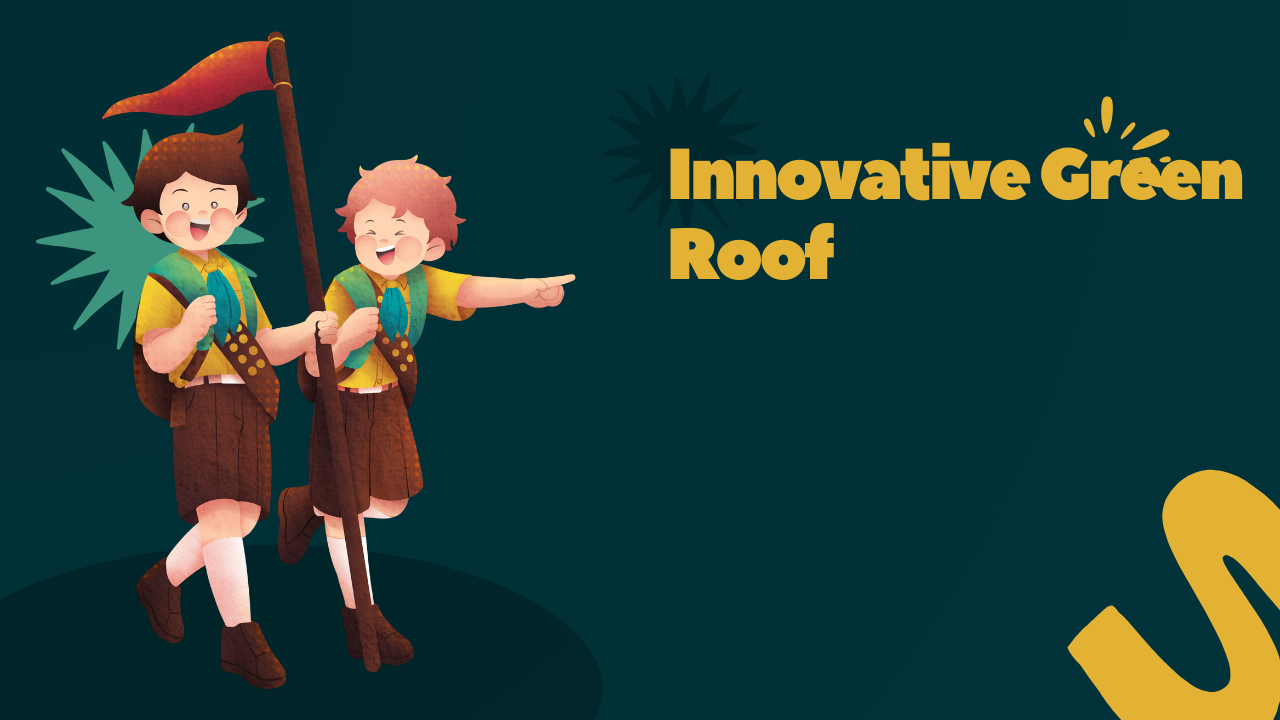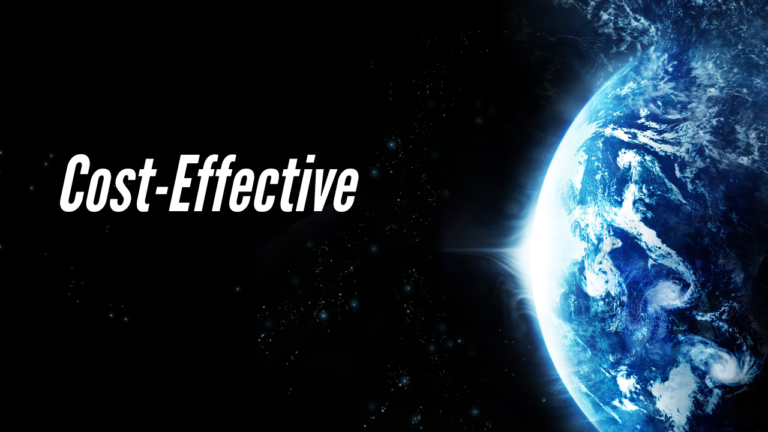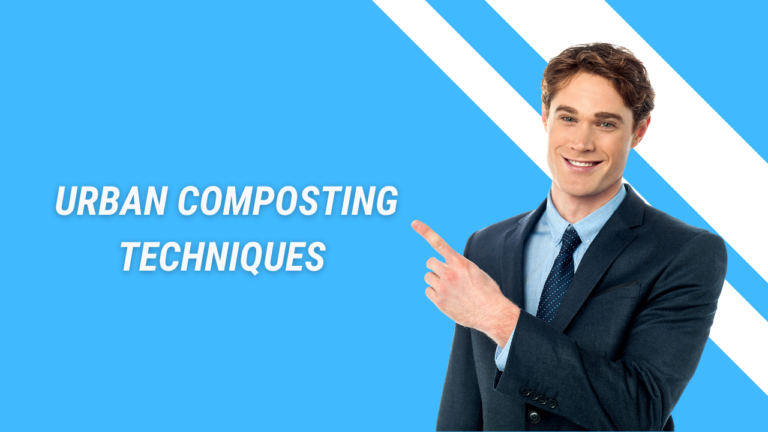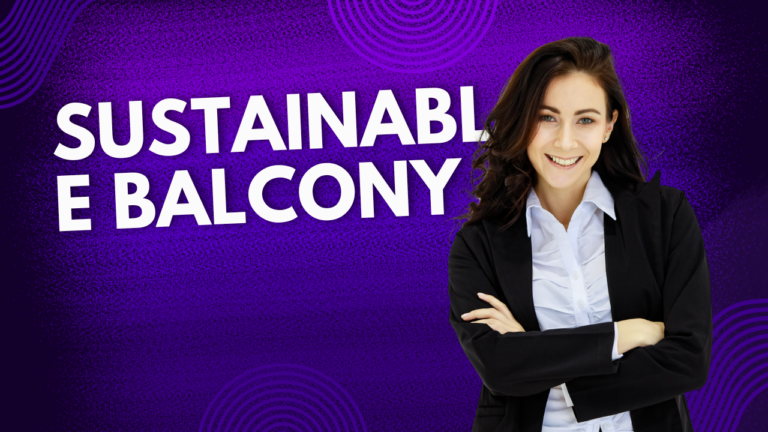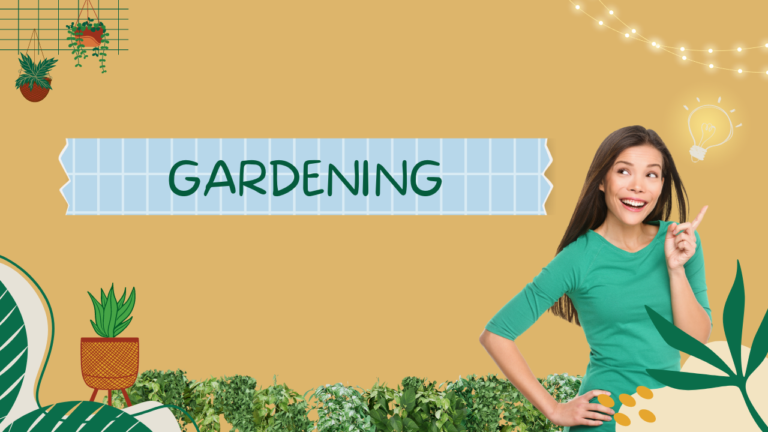Innovative Green Roof Designs for High-Rise Buildings: Elevating Urban Sustainability
As urban landscapes become increasingly vertical, integrating green roofs into high-rise buildings has emerged as a pivotal strategy for enhancing urban sustainability. Understanding innovative green roof designs for high-rise buildings is essential for architects, builders, and city planners who aim to create more sustainable and livable urban environments. These designs not only contribute to the aesthetic appeal of skyscrapers but also offer significant environmental and economic benefits.
The Role of Green Roofs in High-Rise Architecture
Green roofs, also known as living roofs, are rooftop gardens that incorporate various layers, including vegetation, soil, and drainage systems. For high-rise buildings, these roofs present unique opportunities and challenges. Innovative green roof designs for high-rise buildings address these challenges by leveraging advanced technologies and creative solutions to maximize the benefits of green roofs.
Innovative Green Roof Designs for High-Rise Buildings
1. Modular Green Roof Systems
One of the most innovative approaches to green roof design is the use of modular systems. These systems consist of pre-planted trays or panels that can be easily installed and replaced. Modular green roof systems offer flexibility in design and maintenance, allowing for quick installation and customization according to the building\’s needs. This design is particularly suitable for high-rise buildings where access and installation logistics can be challenging.
2. Integrated Green Facades
Incorporating green facades into high-rise buildings is another innovative design approach. Green facades involve covering the building\’s exterior with climbing plants or green panels that extend from the roof to the ground. This design not only enhances the building\’s aesthetics but also provides additional insulation and improves air quality. Integrated green facades are ideal for high-rise buildings seeking to create a visually striking and environmentally friendly presence.
3. Multi-Level Roof Gardens
Multi-level roof gardens are designed to maximize the use of available space by creating multiple tiers of green areas on a single rooftop. These gardens can include terraces, planters, and seating areas, offering diverse functionalities and recreational spaces for building occupants. Multi-level roof gardens provide opportunities for social interaction and relaxation, transforming high-rise rooftops into vibrant urban spaces.
4. Hydroponic Green Roof Systems
Hydroponic systems use a soilless growing method, where plants are grown in a nutrient-rich water solution. For high-rise buildings, hydroponic green roof systems offer a space-efficient and low-maintenance solution. These systems are particularly beneficial for growing vegetables and herbs, providing fresh produce to urban residents. Hydroponic green roofs also help reduce the weight load on the building compared to traditional soil-based systems.
5. Sustainable Irrigation Solutions
Innovative green roof designs often incorporate sustainable irrigation solutions to manage water usage efficiently. Techniques such as rainwater harvesting and drip irrigation systems can be integrated into high-rise green roofs to minimize water consumption and ensure the health of the plants. By utilizing rainwater and reducing reliance on potable water sources, these systems contribute to overall water conservation efforts.
Benefits of Innovative Green Roof Designs
1. Enhanced Environmental Performance
Innovative green roof designs contribute significantly to environmental sustainability. They help reduce the urban heat island effect, manage stormwater runoff, and improve air quality. By incorporating advanced technologies and design features, high-rise green roofs can achieve higher levels of environmental performance and resilience.
2. Increased Building Value
High-rise buildings with innovative green roof designs often experience increased property value and appeal. Green roofs enhance the aesthetic value of the building, provide additional usable space, and offer environmental benefits that attract tenants and buyers. Investing in green roof technology can lead to long-term financial gains and improved marketability.
3. Improved Occupant Well-Being
Green roofs create pleasant and calming environments that enhance occupant well-being. Rooftop gardens and green facades provide spaces for relaxation, social interaction, and recreation. These features contribute to improved mental health and overall quality of life for residents and workers in high-rise buildings.
4. Energy Efficiency and Cost Savings
Green roofs contribute to energy efficiency by providing insulation that reduces heating and cooling costs. By lowering the building\’s energy consumption, innovative green roof designs can lead to significant cost savings over time. This energy efficiency also aligns with broader sustainability goals and regulatory requirements.
Final Thoughts
Innovative green roof designs for high-rise buildings represent a forward-thinking approach to urban sustainability. By embracing modular systems, integrated facades, multi-level gardens, hydroponics, and sustainable irrigation, high-rise buildings can achieve substantial environmental, economic, and social benefits. As cities continue to grow upwards, integrating these innovative green roof solutions will be crucial for creating healthier, more sustainable urban environments.
FAQs
1. What are the key components of a green roof system?
- A typical green roof system includes a waterproof membrane, drainage layer, growing medium, and vegetation. These components work together to support plant growth and manage water.
2. How can modular green roof systems benefit high-rise buildings?
- Modular green roof systems offer ease of installation and maintenance, flexibility in design, and the ability to quickly replace or upgrade components. They are particularly useful for high-rise buildings where access can be challenging.
3. What are the advantages of hydroponic green roof systems?
- Hydroponic systems use a soilless growing method, which reduces the weight load on the building and allows for efficient use of space. They are well-suited for growing vegetables and herbs in urban environments.
4. How do green facades differ from traditional green roofs?
- Green facades cover the building\’s exterior with climbing plants or green panels, extending from the roof to the ground. They offer additional insulation, aesthetic appeal, and air quality improvements compared to traditional green roofs.
5. What are sustainable irrigation solutions for green roofs?
- Sustainable irrigation solutions include rainwater harvesting, drip irrigation, and moisture sensors. These methods help conserve water and ensure the plants on green roofs receive adequate hydration.
